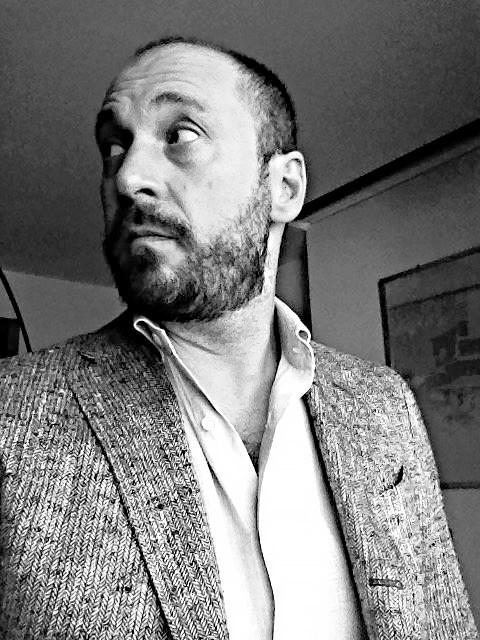Born and raised in Italy, Filippo Mutani is a worldwide represented Getty Images and Contour photographer.
His work is mainly based on reportage -T-The New York Times Style Magazine, Financial Times, Newsweek, The Guardian, The Independent, Internazionale, National Geographic, Days Japan- but he shoots also celebrity portrait -Vanity Fair, Corriere Della Sera Style-, fashion editorials -Vogue Italia- and corporate/advertising - Giorgio Armani, Fendi, Burberry, Campari, Pirelli-. He teaches photography in IED Milan.
Through the years his work has been awarded -he won PDN, PX3, NYPF, IPA, NPPA, WPGA and LensCulture's Emerging Talent- and exhibited -Leica Gallery, New York Photo Festival, London Royal Geographical Society, Palazzo Dei Giureconsulti- internationally.
City of Protest, Hong Kong 2020